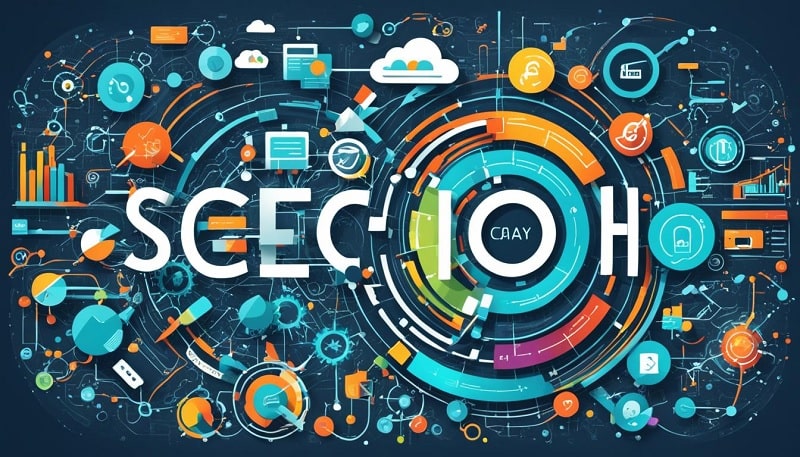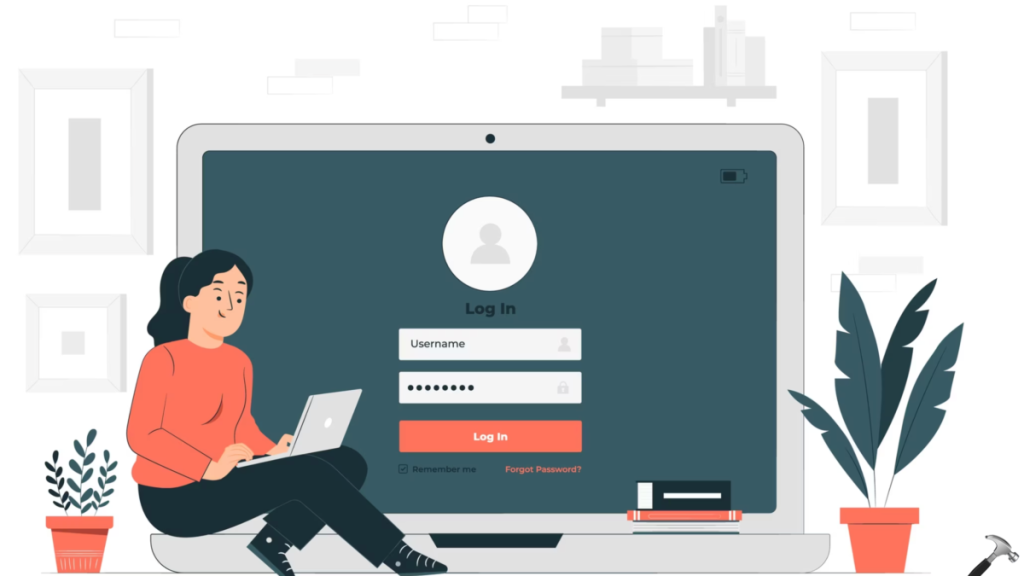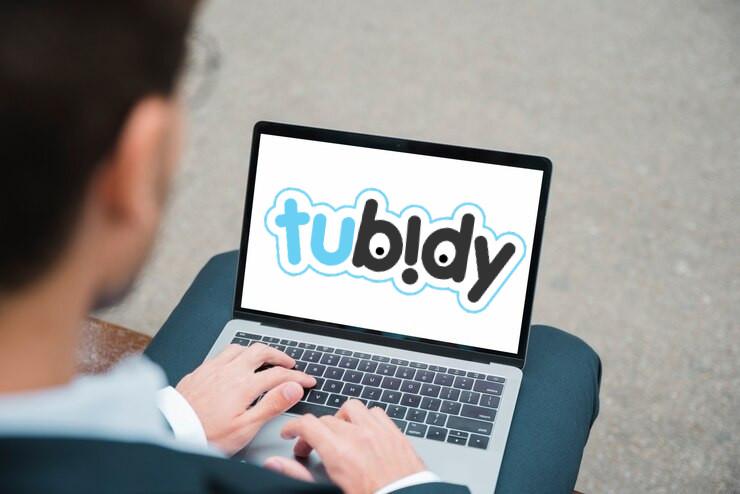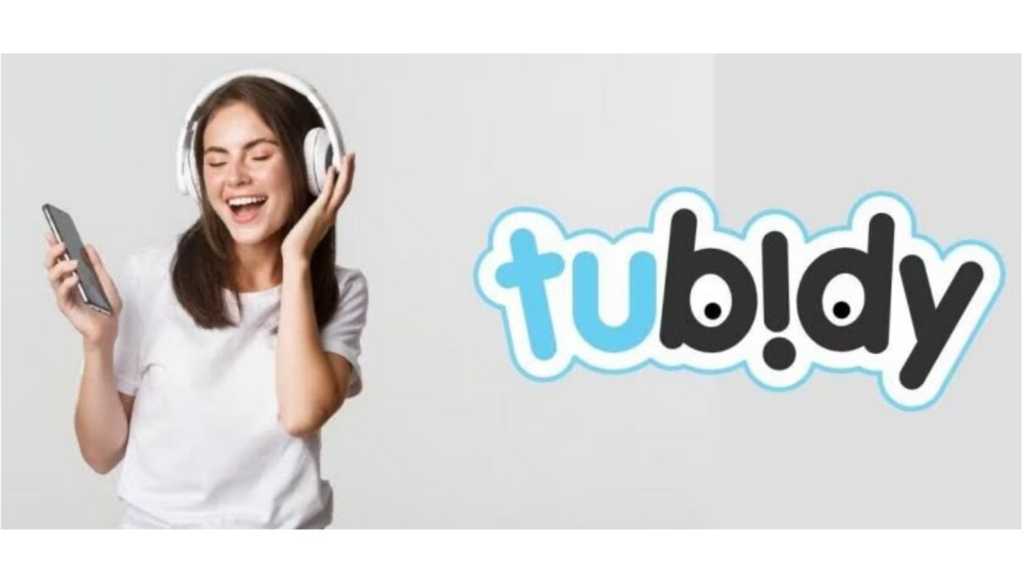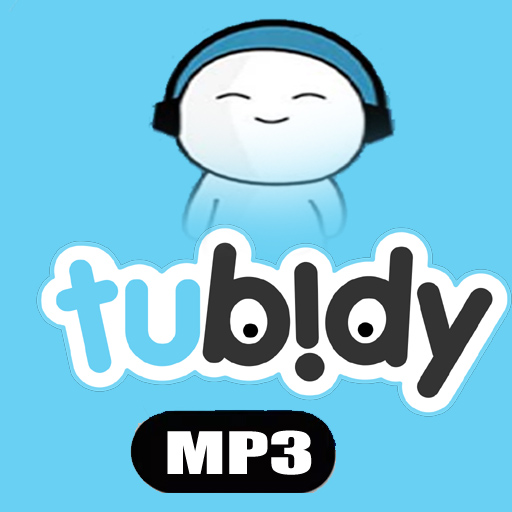In today’s competitive digital landscape, affiliate marketing has become one of the most effective ways to generate passive income. However, success in this field relies heavily on precision, strategy, and the ability to make informed decisions. By leveraging accurate tracking and data-driven strategies, you can significantly transform your affiliate earnings and take your marketing efforts to the next level.
The Power of Accurate Tracking
Accurate tracking is the foundation of successful affiliate marketing. Without precise data, it is nearly impossible to identify what’s working and what is not. Implementing proper tracking methods ensures that you can monitor clicks, conversions, and revenue effectively.
Benefits of accurate tracking include:
- Optimized Campaigns: Understand which campaigns generate the highest returns and allocate resources wisely.
- Improved ROI: Reduce wasted efforts by focusing on strategies that consistently deliver results.
- Enhanced Audience Insights: Learn more about your audience’s behavior, preferences, and engagement patterns.
Leveraging Data for Smarter Decisions
Data is more than numbers it is a roadmap to improving performance. By analyzing trends and patterns, you can make strategic choices that directly impact your earnings.
Ways data-driven strategies boost affiliate success:
- Targeted Marketing: Identify the most profitable audience segments and tailor your content to meet their needs.
- Content Optimization: Use insights to enhance your messaging, visuals, and calls-to-action for maximum impact.
- Trend Analysis: Stay ahead of industry trends to capitalize on emerging opportunities before competitors.
For anyone serious about affiliate earnings, https://sosomodapks.com/how-digital-businesses-grow-faster-with-advanced-affiliate-tracking/ is a must-read, offering guidance on advanced tracking features that accelerate growth, improve efficiency, and provide long-term opportunities for financial success.
Continuous Testing and Optimization
Even with accurate tracking and comprehensive data, continuous testing is essential. Small adjustments can lead to significant improvements in performance.
Key practices for optimization:
- A/B Testing: Experiment with different approaches to discover what resonates best with your audience.
- Conversion Rate Improvements: Use data to refine landing pages, emails, and promotional strategies.
- Regular Performance Reviews: Monitor campaigns consistently to ensure sustained growth and adaptability.
Embrace a Growth Mindset
Success in affiliate marketing is not just about the tools; it is also about mindset. Treat every campaign as an opportunity to learn and grow. Data-driven strategies allow you to make informed decisions, reducing guesswork and increasing confidence in your actions.
Benefits of a positive, data-driven approach:
- Sustained Revenue Growth: Consistent optimization leads to steady, long-term earnings.
- Better Resource Allocation: Focus time and effort on high-performing strategies rather than trial-and-error methods.
- Increased Motivation: Seeing tangible results from informed decisions encourages further experimentation and innovation.
By embracing accurate tracking and leveraging data-driven strategies, you can transform your affiliate marketing efforts into a profitable, sustainable business. Every click, conversion, and insight becomes a stepping stone toward greater success. With persistence, analysis, and optimization, your affiliate earnings can reach unprecedented heights.

